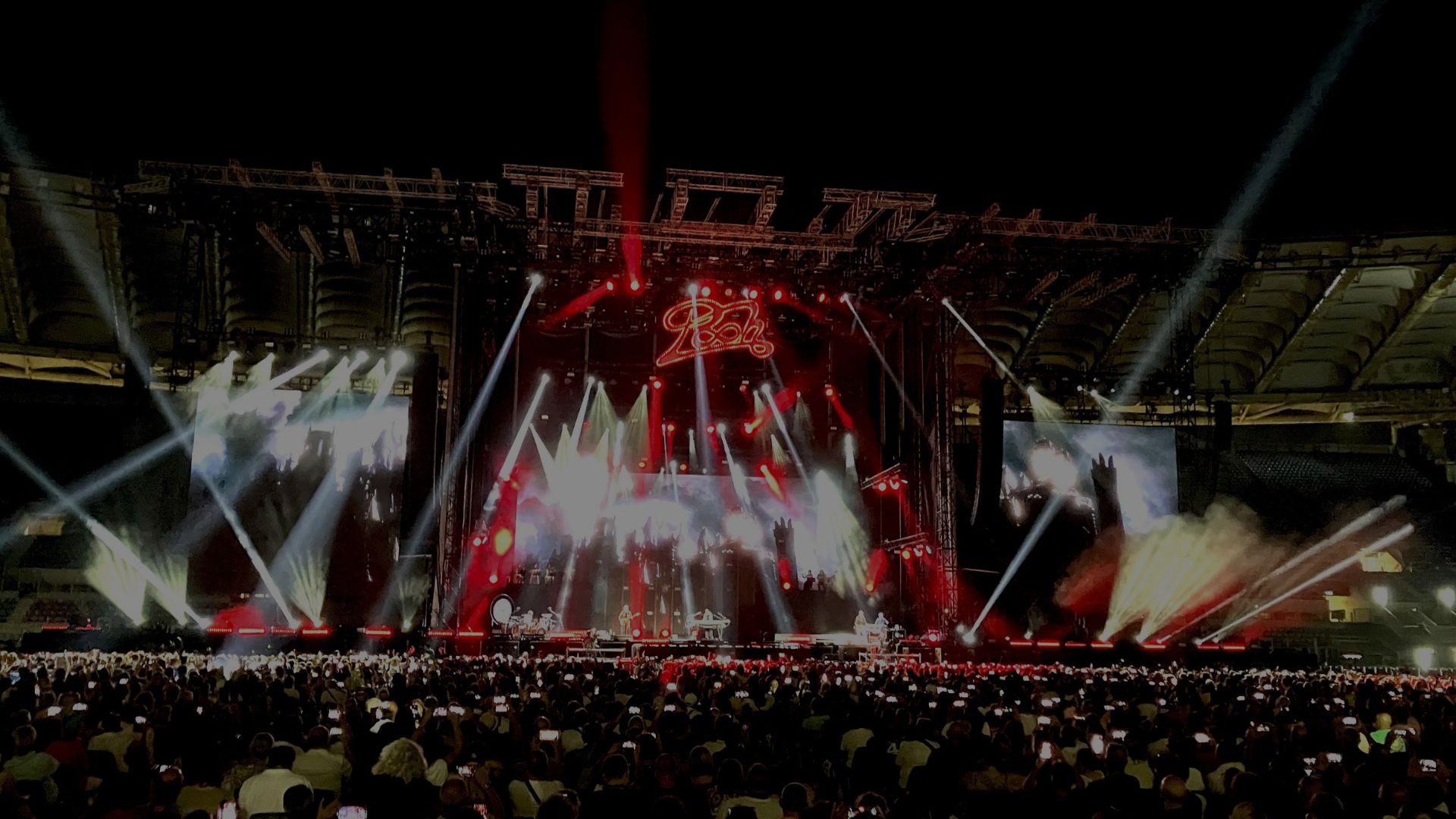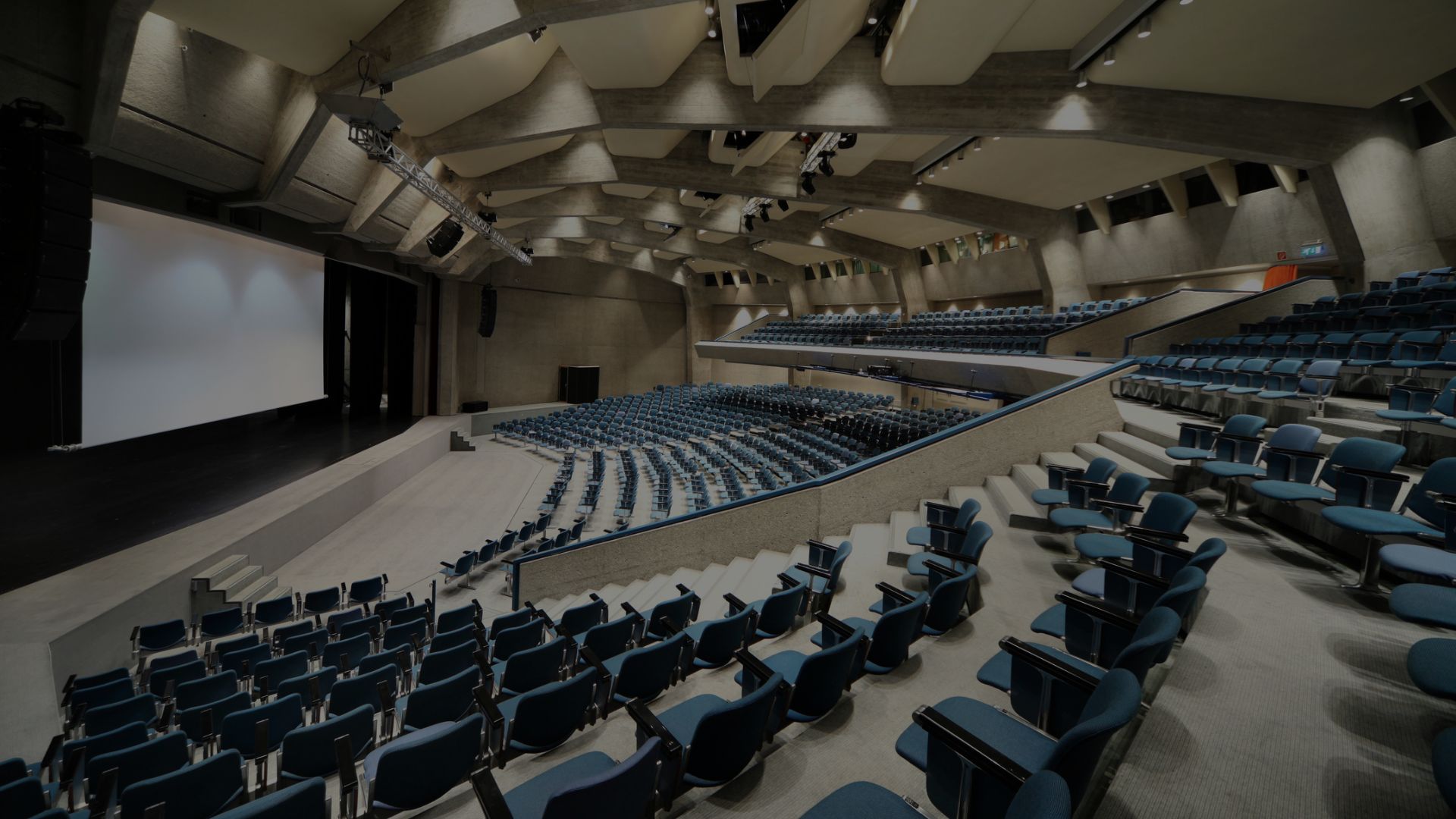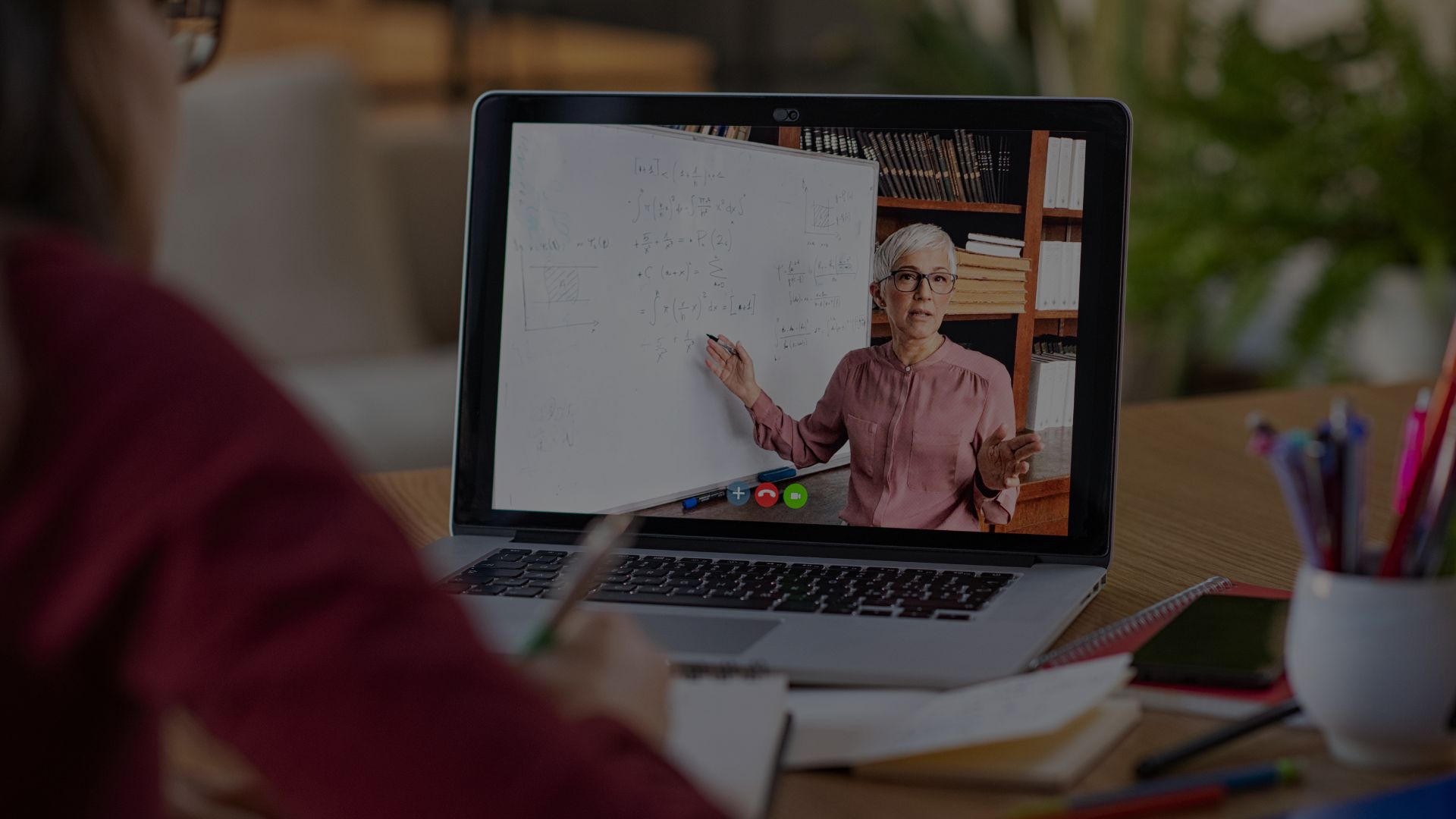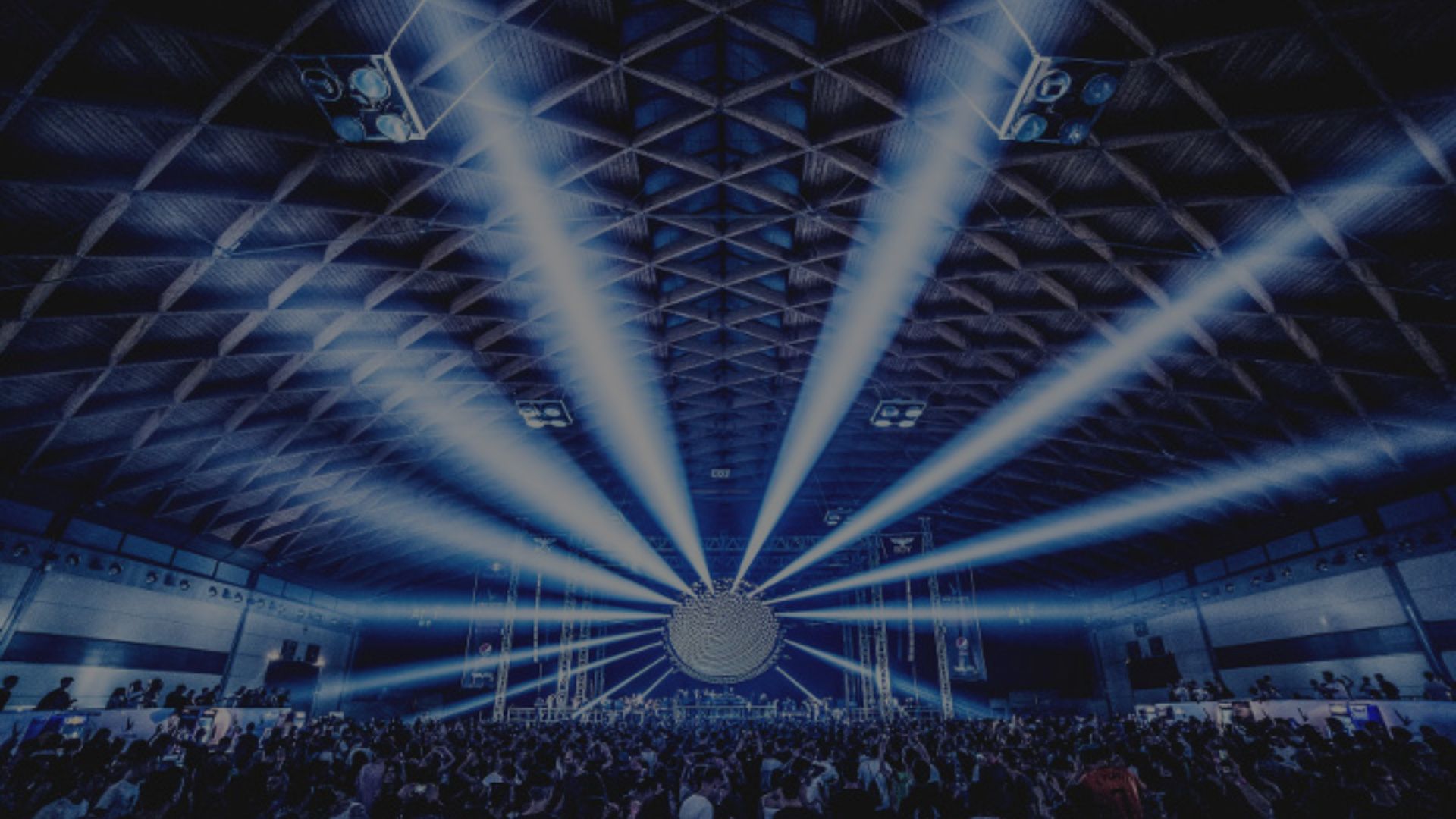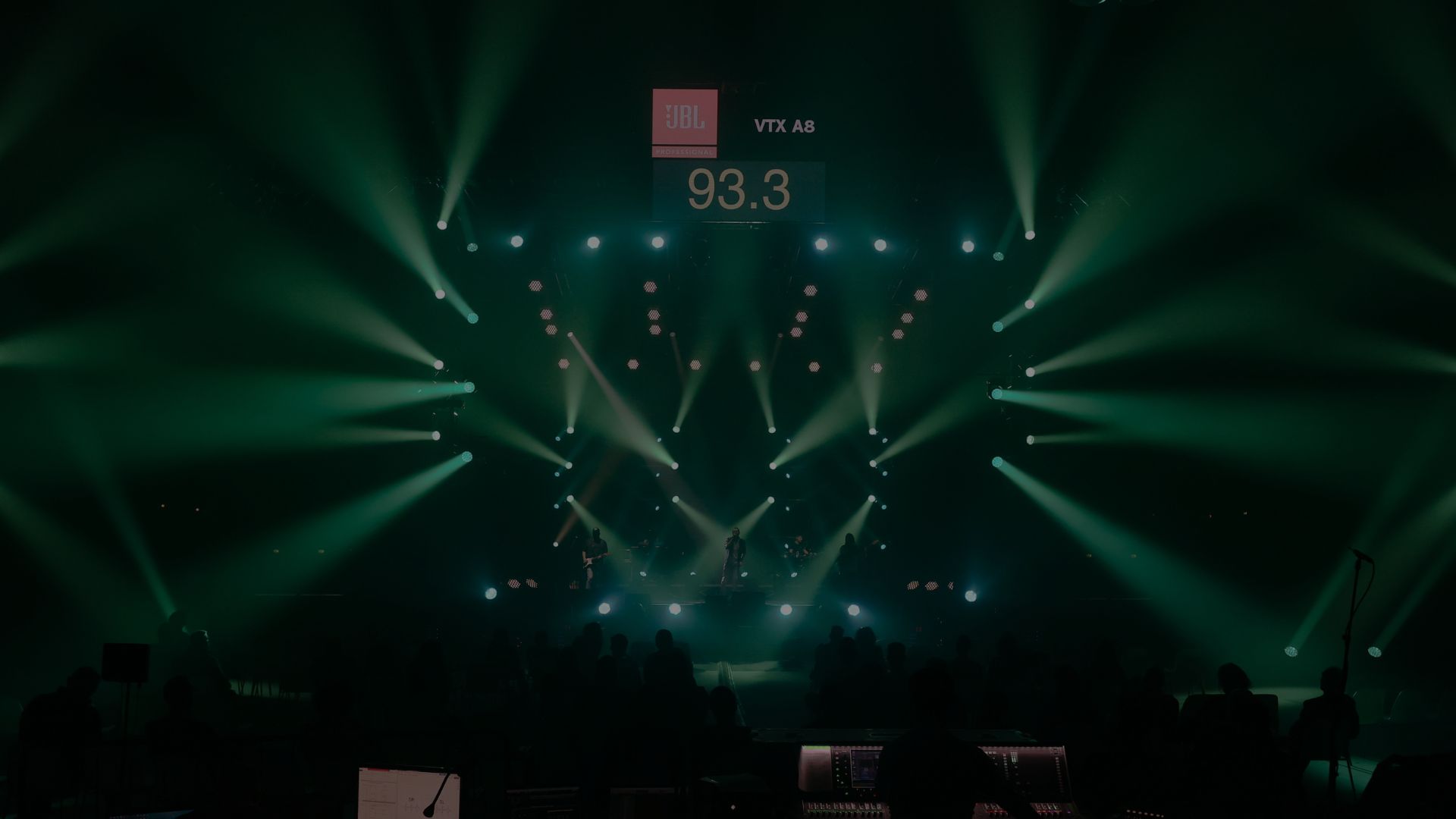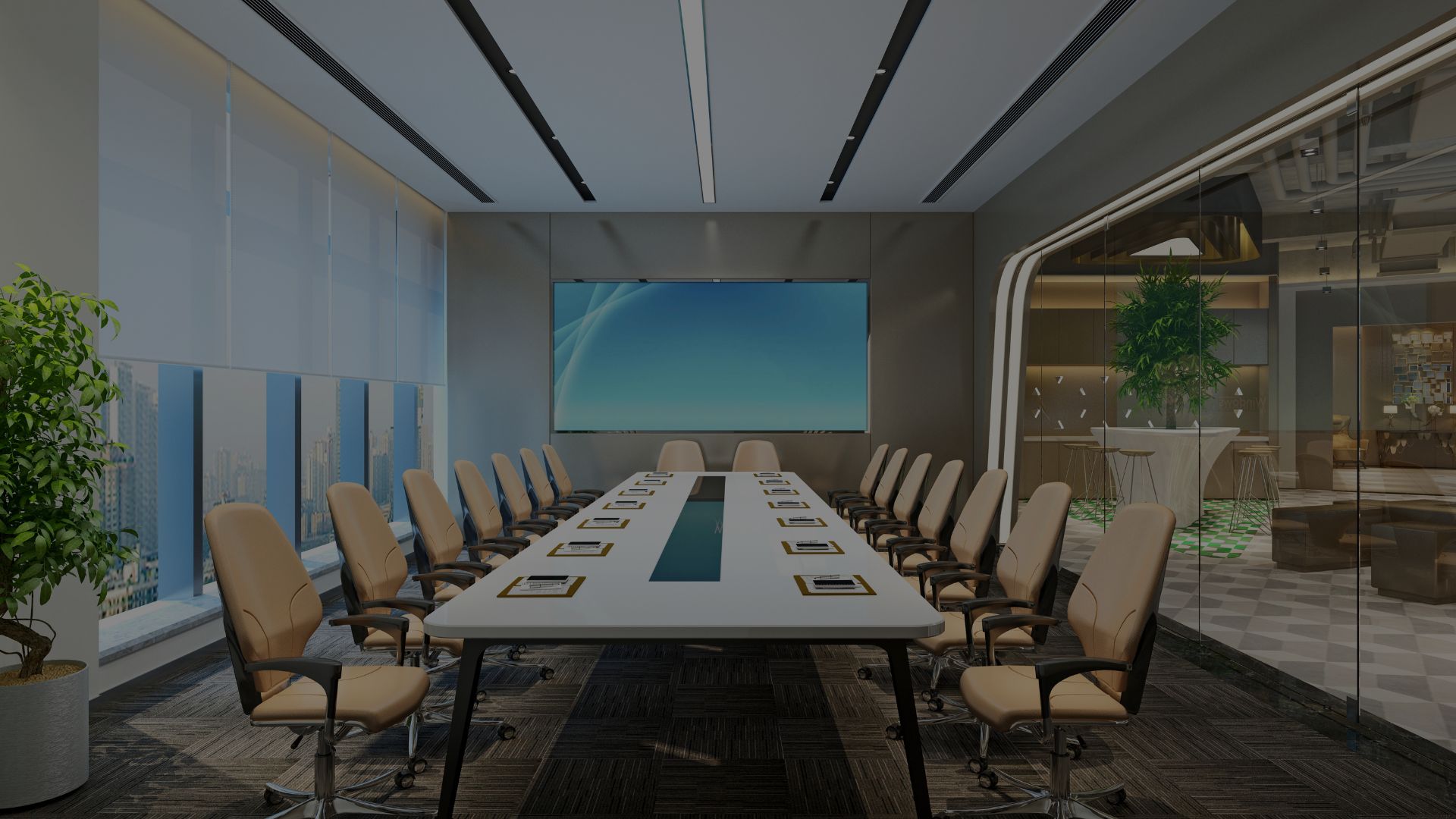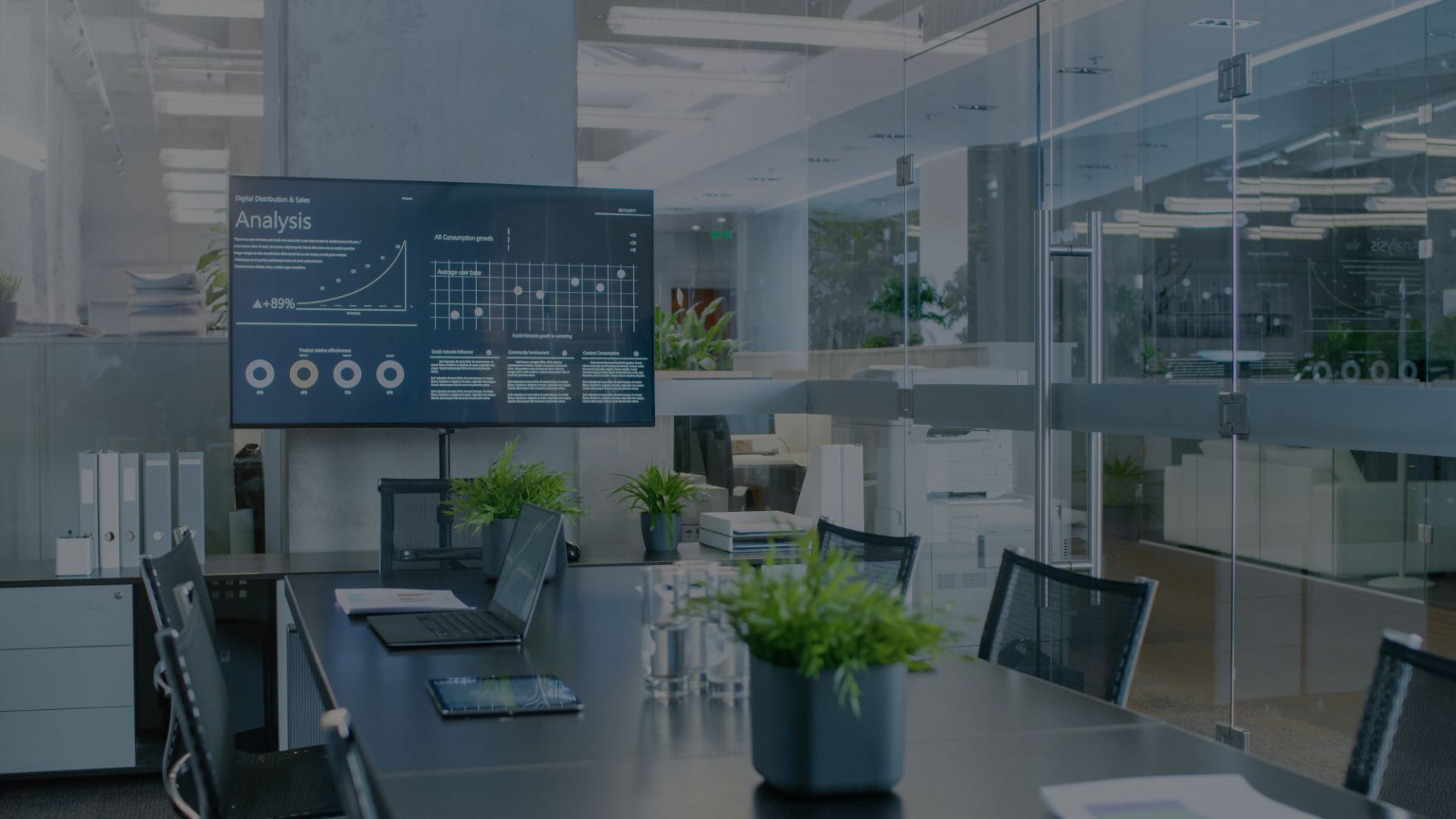Artificial Intelligence (AI) is revolutionising the workplace, transforming offices into smarter, more flexible and more efficient environments.
Large corporations are investing in advanced solutions to optimise space and processes, while SMEs are adopting more accessible, scalable strategies.
The benefits of AI in the modern Workplace
-
Better resource management: real-time data analysis allows for optimised use of space.
-
Reduced operating costs: predictive systems help cut energy waste and streamline resource consumption.
-
Increased productivity: virtual assistants and automation improve task management and collaboration.
-
Improved employee wellbeing: smart environments adapt to workers’ needs and enhance day-to-day quality of life.
The adoption of AI in workspaces is now an established reality and a point of no return. Its impact will only become more evident as implemented solutions deliver results, meeting or falling short of expectations, and gradually shaping new scenarios that are still unpredictable today.
But What Does This Transformation Look Like in Practice? Which technologies are being implemented to make workspaces smarter?
How large companies are integrating AI into their workspaces
AI adoption varies according to company size and available resources.
Large enterprises are investing in advanced tools to create hyperconnected smart work environments.
Smart offices and AI-Driven technologies
-
IoT sensors for environmental monitoring: automatic control of temperature, lighting and air quality
-
Adaptive meeting rooms: AI adjusts acoustics and furniture based on the number of participants
-
Predictive management systems: optimise space usage and reduce energy consumption
A real-world example is Google, which uses machine learning algorithms to manage office environments, cutting waste and improving energy efficiency.
Automation and workflow organisation
AI helps companies improve operational efficiency through:
-
AI virtual assistants: for scheduling meetings, managing calendars and workflows
-
Automated onboarding: simplifying processes for new employees
-
Advanced data analysis: personalising workspaces to support employee wellbeing
AI in SMEs: accessible and scalable solutions
Companies with smaller budgets are adopting targeted, scalable AI tools.
AI Tools for smarter offices
To improve space usage and support hybrid working, SMEs are using:
-
Meeting room booking software: optimises availability and usage of shared spaces
-
Smart video conferencing systems: enable seamless remote collaboration
-
AI-equipped coworking spaces: provide access to advanced tools without heavy investments
Business process automation
AI helps companies improve operational efficiency through:
-
Work shift planning: for more efficient staff management
-
Automated document management: intelligent filing and easier searching
-
AI-powered customer support: chatbots that improve service without large support teams
The future of workspaces: more flexible and digital
In general, tomorrow’s workplaces will be more flexible and cloud-based, rather than relying on on-site servers and rigid infrastructure.
AI will enable:
-
Better integration between in-person and remote work
-
More effective productivity monitoring
-
Increased adaptability of spaces to business needs
AI will also affect how space is demanded and used:
For example, we may see a shift towards converting small central locations (previously used for retail) into corporate representation offices, while larger spaces could be optimised to reduce costs and increase occupancy rates — allowing businesses to scale without expanding their premises.
Conclusion
Artificial Intelligence is redefining the very concept of the office, turning it into a dynamic and adaptive ecosystem.
Large companies are betting on advanced technologies for hyperconnected environments, while SMEs are embracing flexible and accessible tools.
In both cases, the goal is the same: to improve efficiency, productivity and employee wellbeing, while anticipating the future of work and professional spaces.
This article was written by Architect Maurizio Lai, Principal & Director of Lai Studio.

PUBLICATION
04/04/2025
MIR news professioni


